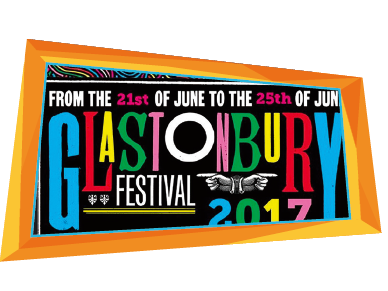All About Glastonbury Festival
The first Glastonbury Festival took place in 1970 and was organised by Michael Eavis. He still runs the festival now on his farm in Somerset in the south-west of England. Michael charged people just £1 to enter, and the ticket included free milk from the farm. Only 1,500 people attended on that occasion, but this number has grown since then. In 2011, there were 100 times more people in the crowd and all the tickets, which cost £195 each, sold within 4 hours. The festival takes place almost every year in the last weekend of June and lasts for five days. During these five days, festival-goers can stay in their tents in the festival area or can see the performance of their choice for the day and spend the night in a nearby hotel.
Although it is best known for contemporary music, Glastonbury (or ‘Glasto’ as it is often called) is host to other performing arts such as dance, comedy and theatre. The festival site is now made up of several zones, each one providing something different for the different tastes of all those present.
Countless famous British musicians have played at the festival, including Sir Paul McCartney, Oasis and Coldplay, however the festival also attracts international interest, and has seen big names in recent years such as Beyonce Knowles, Stevie Wonder, ZZ Top and Jay-Z.
The festival is famous for being extremely muddy, and on many occasions, especially in 1997, heavy rainfall turned the whole festival site into a swamp. This, of course, doesn’t discourage Glastonbury-goers. On the contrary, some of them really enjoy it because they think mud is part of the fun.
Because of the high demand for tickets, the festival has also been famous for ‘fence-jumpers’. In 2000, when only 100,000 tickets were sold, about 250,000 people attended the event – many of whom jumped over the surrounding fence to enter. Security increased in 2002 and a ‘superfence’ was created to prevent people from entering without a ticket.
The festival supports Fair Trade and has made great contributions to charity over the years. In 2003, over a million pounds was donated, and Greenpeace, Oxfam and Water Aid continue to be main recipients.

